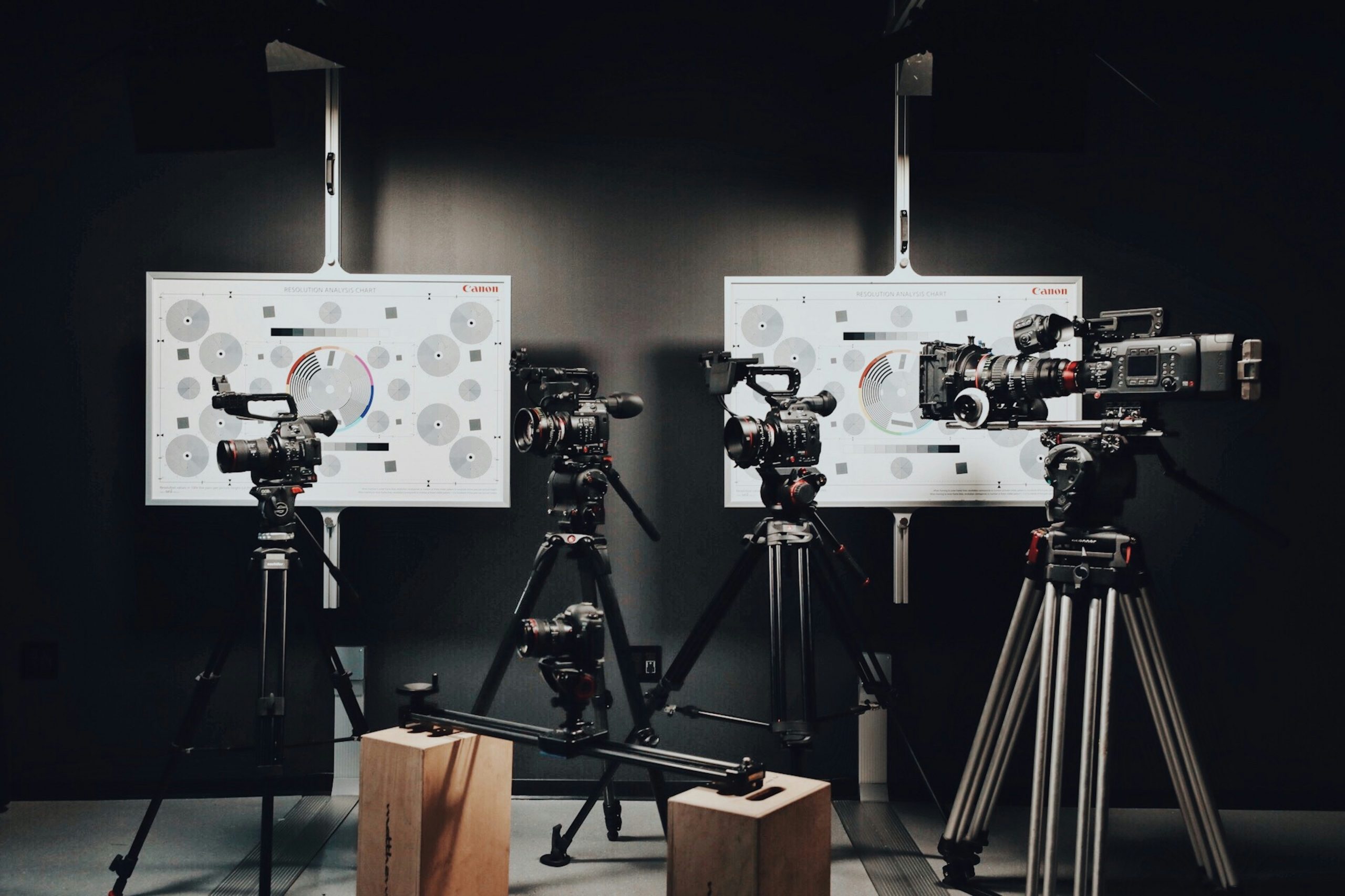
Cinematography is at the heart of filmmaking, transforming stories into visual experiences that captivate audiences. It combines artistry and technical expertise to create the images that bring a script to life. Every choice, from lighting to camera angles, impacts how viewers connect with a film’s narrative. Understanding cinematography opens a window into the meticulous process behind every movie frame.
The Role of Cinematography in Storytelling
Cinematography is the visual language of cinema, enhancing a film’s emotional and narrative depth. Through carefully chosen shots, colors, and movements, cinematographers guide audiences’ attention and influence their perception of the story. For example, a close-up of a character’s face can convey intense emotion, while a wide shot can reveal their place within a larger world.
This craft involves more than operating a camera. Cinematographers collaborate closely with directors, production designers, and lighting teams to ensure every visual element aligns with the film’s vision. They decide how light interacts with the scene, how colors evoke moods, and how movement adds dynamism—all contributing to the storytelling process.
Tools of the Trade: Cameras and Lenses
The choice of camera and lens shapes a film’s visual style. Modern cinematographers use advanced digital cameras and traditional film cameras to capture the desired aesthetic. While digital cameras offer versatility and post-production flexibility, some filmmakers prefer film cameras for their unique textures and nostalgic appeal.
Lenses also play a pivotal role. A wide-angle lens can exaggerate space and create a sense of grandeur, while a telephoto lens compresses distance, creating intimacy. The lens choice affects depth of field, sharpness, and perspective, allowing cinematographers to tailor the visual narrative to the story’s demands.
Lighting: The Invisible Art
Lighting is an essential component of cinematography, dictating the mood and tone of a scene. The interplay of light and shadow can create tension, highlight key elements, or establish a sense of time and place. A brightly lit scene with soft shadows might evoke warmth and safety, whereas harsh lighting with deep shadows can generate unease or mystery.
Cinematographers manipulate light using various techniques. They may employ natural light, studio setups, or both. Techniques like backlighting, silhouetting, and chiaroscuro add depth and texture, enhancing the cinematic experience. The lighting decisions ensure that each frame aligns seamlessly with the narrative’s emotional core.
Composition: Crafting the Perfect Frame
Composition is about arranging visual elements within a frame to guide the viewer’s eye and create balance. The rule of thirds, symmetry, and leading lines are some of the principles cinematographers use to craft compelling imagery. Proper composition makes a frame aesthetically pleasing and communicates the story more effectively.
Each frame is treated as a canvas; every detail contributes to the larger narrative. Whether it’s a character positioned off-center to convey isolation or a symmetrical shot to suggest stability, composition is an indispensable tool in visual storytelling.
Movement: Adding Dynamism to Scenes
Camera movement breathes life into static images, adding energy and emotion to scenes. Cinematographers use various techniques, such as panning, tracking, and tilting, to follow characters, explore spaces, or shift perspectives. These movements can evoke emotions, heighten tension, or provide a sense of immersion.
Modern filmmaking has embraced innovative tools like drones and gimbals, allowing for more fluid and dynamic shots. From sweeping aerial views to intimate handheld moments, movement expands filmmakers’ creative possibilities, enhancing the visual narrative.
The Emotional Power of Color
Color plays a significant role in shaping a film’s emotional resonance. Cinematographers collaborate with colorists to develop a palette that aligns with the story’s themes and moods. Warm colors like red and yellow can convey passion or danger, while cool colors like blue and green evoke calm or melancholy.
Beyond the palette, techniques like color grading in post-production allow filmmakers to fine-tune the visual tone. A muted color scheme might suit a somber drama, while vibrant hues could amplify the energy of an action-packed adventure. The strategic use of color enriches the audience’s connection to the story.
Challenges in Cinematography
Cinematography is not without its challenges. Weather conditions, limited budgets, and time constraints often test the resilience and creativity of cinematographers. Balancing artistic vision with logistical realities requires adaptability and problem-solving skills.
Moreover, technological advancements constantly reshape the industry, demanding that cinematographers stay updated on the latest tools and techniques. Despite these hurdles, the passion for storytelling through visuals drives them to push boundaries and innovate.
Cinematography’s Evolving Landscape
The art of cinematography continues to evolve with technological advancements. Virtual production techniques, such as LED screens and real-time rendering, revolutionize filming scenes. These tools allow filmmakers to create immersive environments without traditional location shoots, reducing costs and increasing creative freedom.
Meanwhile, the rise of independent filmmaking and streaming platforms has democratized access to high-quality equipment, enabling emerging talents to experiment with visual storytelling. As the industry grows, cinematography remains a dynamic and vital force, bridging artistry and technology to shape the future of film.